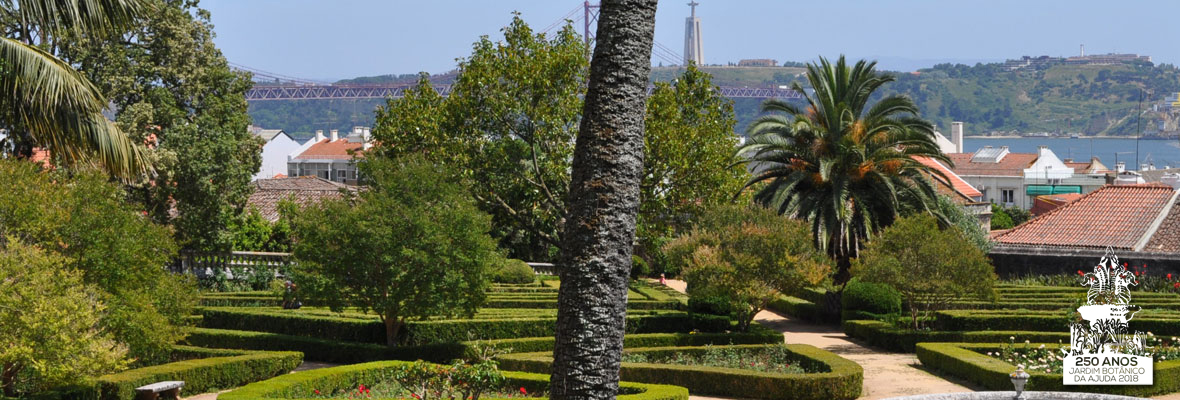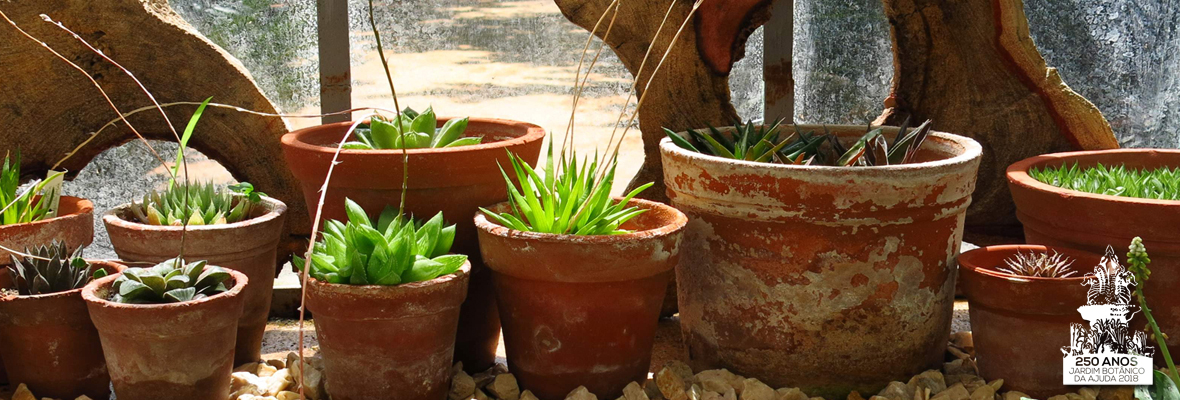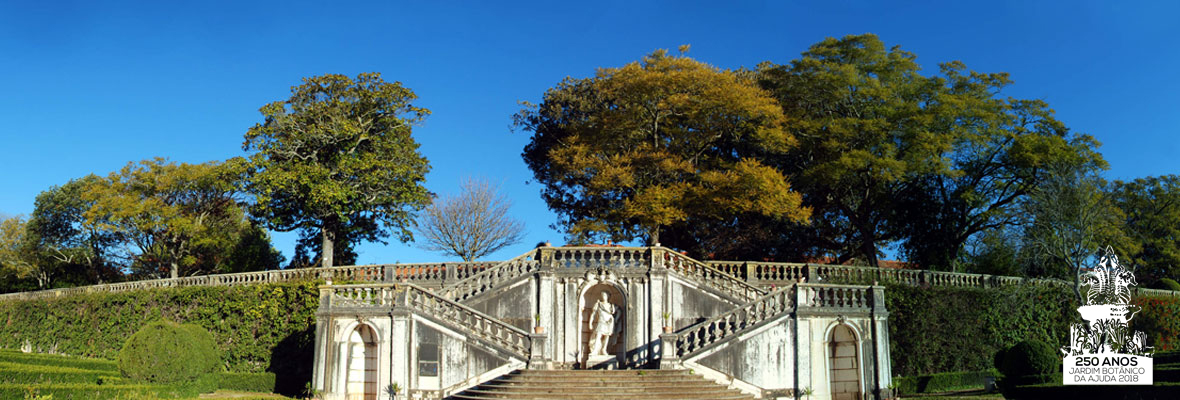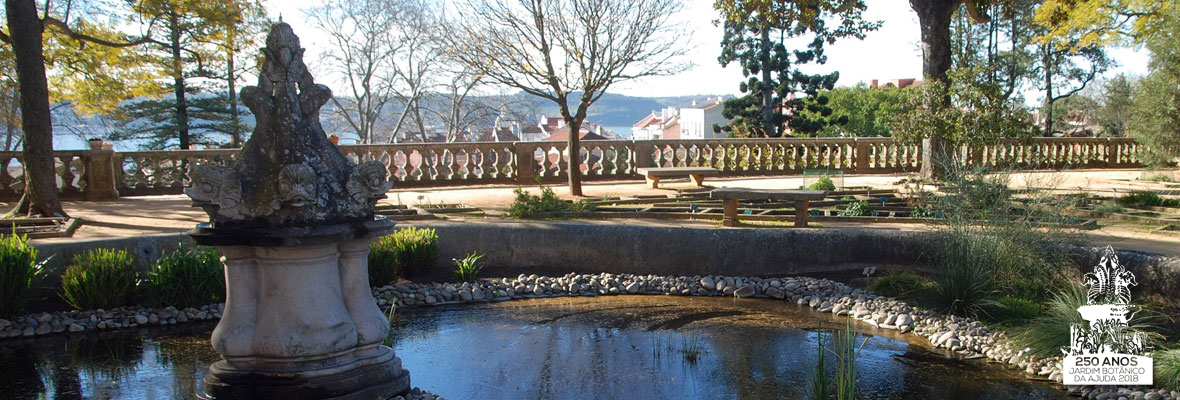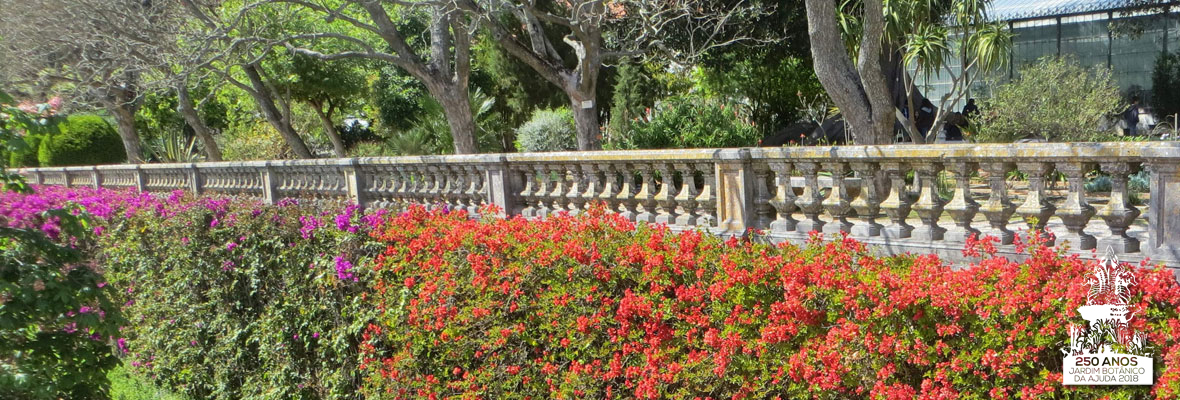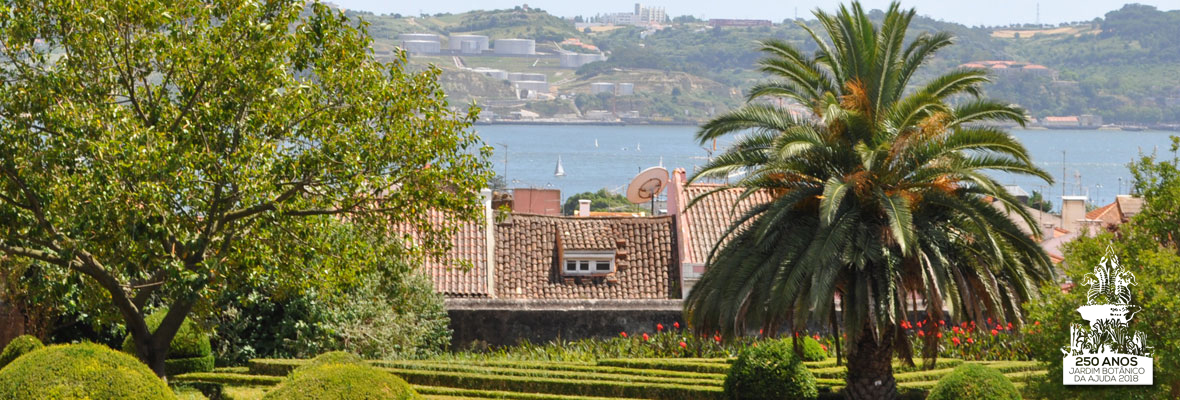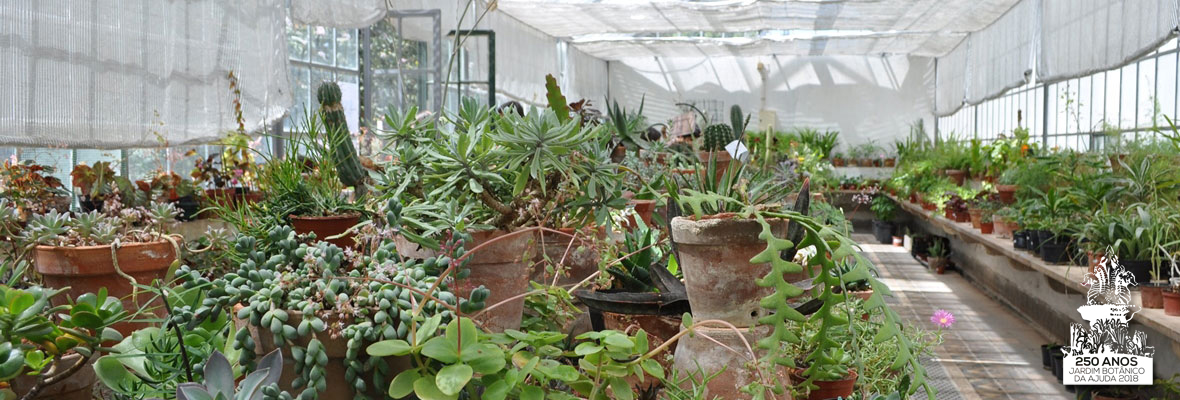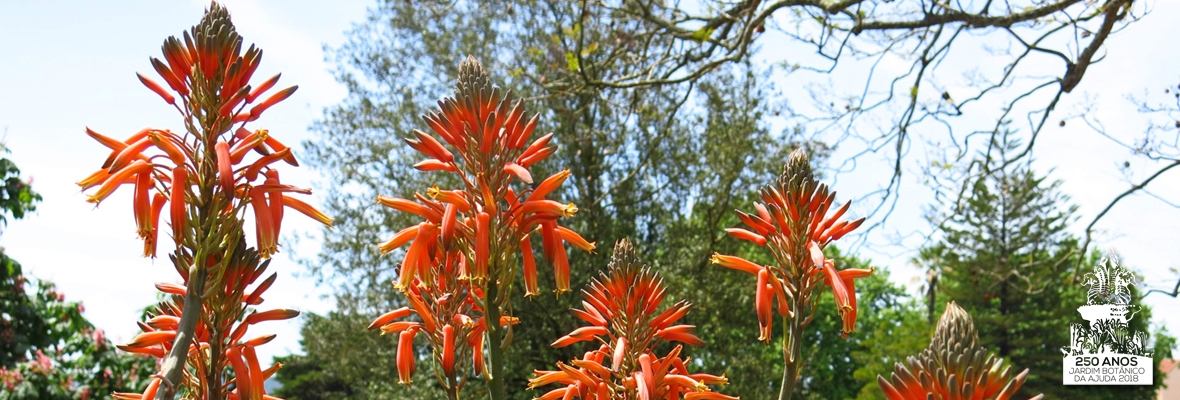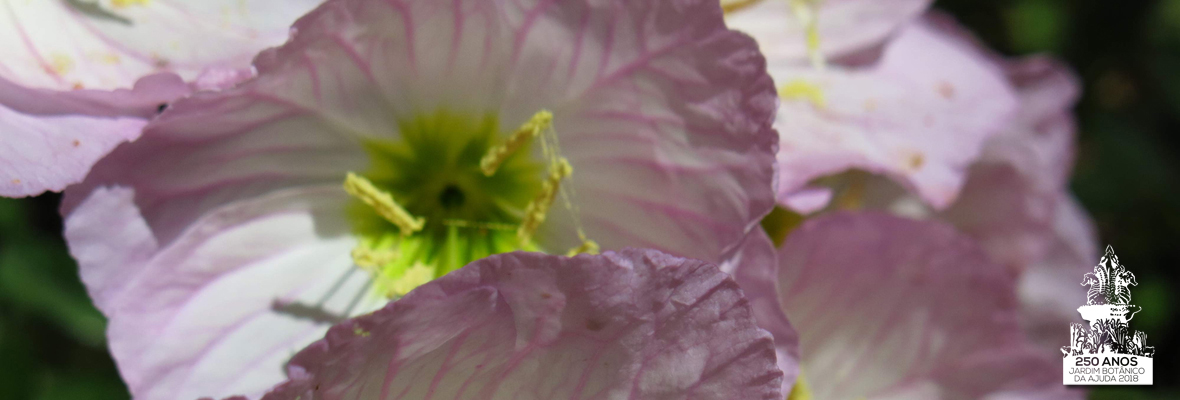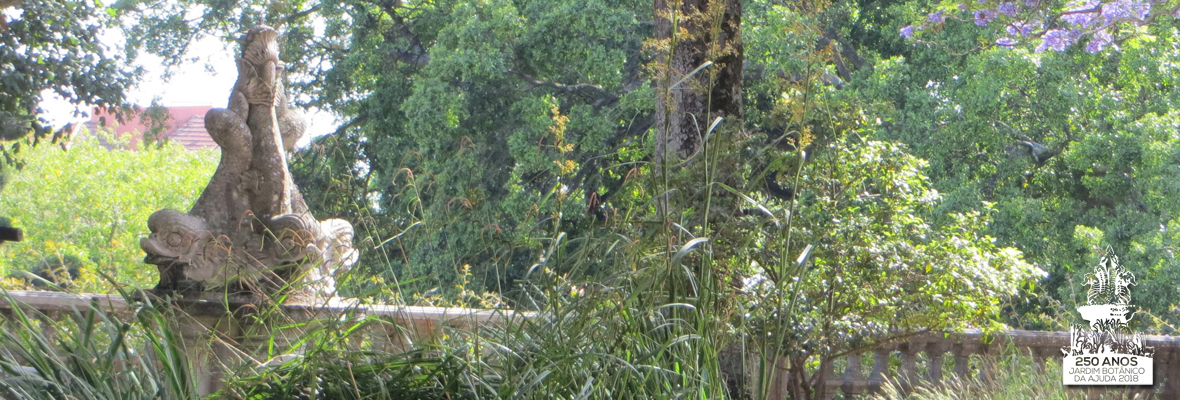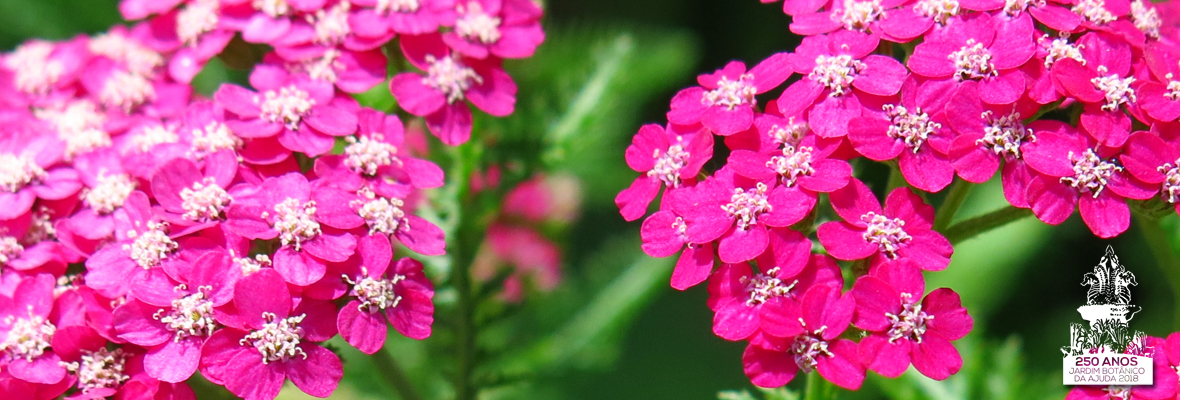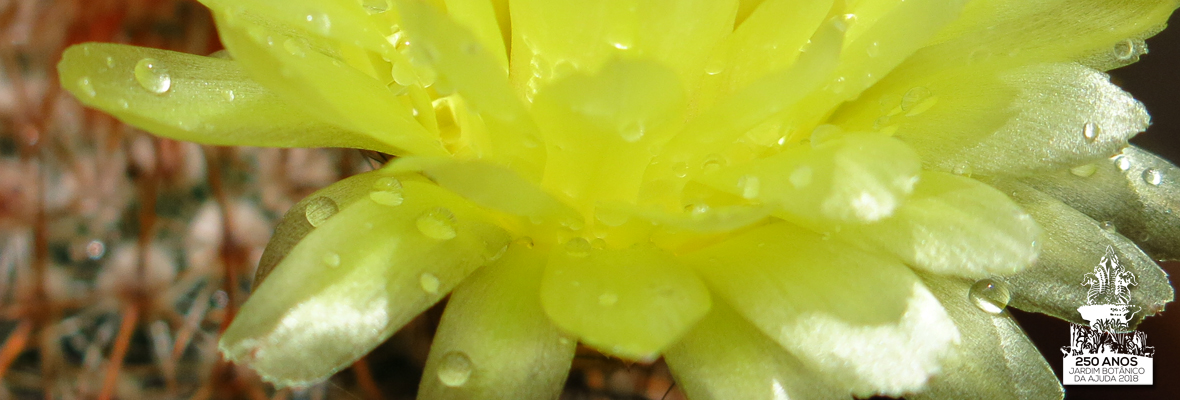Conserving plants and ecosystems are amongst the most significant challenges of our time and a major focus of the priorities and work of botanic gardens. Their staff are undertaking key actions and numerous research projects to combat plant extinction, ecosystem degradation and address the impacts of climate change on plants.
As a result of global change, and, in particular, climate change, botanic gardens are faced with a number of challenges that go beyond their traditional tasks in education, environmental research or conservation (Heywood, 2011, Schulman & Lehvävirta, 2011). These challenges require a development and/or adaptation of botanic gardens´ policies and practices related to collections (including seedbanking and the control of potential invasives), ex situ/in situ conservation, sustainability and public outreach.
Botanic gardens have taken up these new tasks and functions, i.a. also in the context of their engagement in the CBD, and, in particular, the work they undertake to help achieve the objectives and targets of the Global Strategy for Plant Conservation (GSPC). They have provided novel approaches and best practice examples on a number of occasions, notably presented and highlighted at the previous European Botanic Gardens Congresses (EuroGard), BGCI’s Global Botanic Gardens Conferences and other fora.
Theme A: Botanic Gardens and Science
Botanic gardens are built on a foundation of systematic inquiry. From investigating and conserving plants in the wild, to horticultural research, science is integral to all their activities. Many of the skills and resources associated with botanic gardens and arboreta, including plant taxonomy, horticulture, conservation biology, and seed bank management, rely upon a foundation of sound understanding and scientific insight.
Eurogard VIII will provide a European showcase for Science in Botanic Gardens, in particular to ensure that collaborative and parallel activities profit from an exchange of ideas, experiences and objectives. Examples for contributions to conserving plant biodiversity, might relate to one or more of the following subjects:
- Reproductive systems and conservation strategies: understanding the relevance of sexual and asexual reproductive systems for plant collections
- Spore Plants – Bryophytes, Ferns and Fern Allies: taxonomy, evolution, ecology and conservation biology
- Genetic structure of plant populations to provide practical insight for conservation work
- Ecological studies of plant species that are rare or from threatened habitats
- Seed science research
- Plant-pollinator interactions in botanic gardens
- The role of tropical plant collections in European botanic gardens in assisting international conservation efforts
- The biology of invasive species, novel approaches to control methods
- Understanding evolutionary and migratory processes
- Sustainability of horticultural practices including integrated pest management, pest and disease resistance, drought and salt tolerance, climate-adapted plants, green roofs, fair trade and organic produce etc.
Theme B: Botanic Gardens and Global Change
Challenges and opportunities for botanic gardens arising from global change have been identified (Heywood 2011) and, in 2014 at Xishuangbanna, a declaration on botanical gardens and climate change was adopted (http://www.arbnet.org/xishuangbanna-declaration-botanical-gardens-and-climate-change).
EurogardVIII shall provide a European perspective of botanic garden activities related to global change, allowing European gardens an opportunity to improve their networking and actions to mitigate the effects of climate change on biodiversity and human livelihoods.
Examples for contributions might relate to one or more of the following subjects relevant to global change:
- Long-term, multidisciplinary research into the impacts of global/climate change on plant populations and ecological communities, and vice-versa (e.g., assessing vulnerability of local species and communities, collecting weather data, monitoring phenological and other responses to climate change);
- In situ and/or ex situ conservation of climate sensitive species;
- assisted migration;
- potentially invasive aliens, including plant pathogens, pests and diseases;
- new and/or adapted collection policies taking into account changing climatic situations;
- development of garden management plans for improved sustainability;
- studies on greening cities, e.g. horticultural practices to regulate microclimates or new tree varieties for urban sites;
- new involvement of garden visitors in helping to create awareness about human contributions to global change (e.g. through citizen science projects);
- best practice examples for involving political, social, religious, and economic leaders in the development of policies and practices addressing the social and biological impacts of global change.
Theme C: Biodiversity conservation activities
For the last few decades the global loss of plant diversity has been acknowledged as a serious concern. During this time, botanic gardens have become amongst the most important and effective bodies taking action to conserve threatened plants. Currently at least one-third of all flowering plants are conserved in the living collections or seed banks of botanic gardens. Botanic gardens act individually and collectively to conserve plant diversity both in their collections and in the wild.
Successful plant conservation requires a multitude of skills, techniques and practices and often involves a complex mixture of biological, economic and sociological issues. Biodiversity conservation also needs to act at various levels of biological organisation, from genes, individuals and populations, to species and whole ecosystems, conserving not only the components of biodiversity but the also the interactions between them. It is recognised that long-term propagation in living collections can lead to mal-adaptation to natural conditions and genetic drift may result in diminished vitality of later plant generations if these are reintroduced to natural conditions. Hence, it is important that new approaches to integrate in and ex situ conservation are developed and promoted.
This theme of EuroGard will address the wide range of conservation actions and approaches being undertaken by botanic gardens. It will include the following elements:
- In situ conservation – managing and maintaining nature reserves and other areas of natural vegetation, including ecological restoration (GSPC Target 4)
- Identifying important areas of plant diversity for conservation action (GSPC Target 5)
- Conserving threatened species – complimentary approaches linking in situ and ex situ conservation (GSPC Targets 7 and 8)
- Conserving crop wild relatives and other socio-economically important plants (GSPC Target 9)
- Seed banking for long term conservation and insurance (GSPC Targets 8 and 9)
Theme D: Role of Botanic Gardens in the Education Programs
In addition to conservation and research, education is one of the major roles for botanic gardens, especially in the 21st century where “the number of botany students, botany classes, botany departments, and botanist’s attendance at national meetings continues to diminish” (Woodland, 2007). This is the scenario were the special role and value of botanic gardens needs to be emphasized.
Since most botanic gardens are situated in or near cities they have great continued importance and even further potential to be the most valuable world centers for communicating the importance of plants and environmental protection to vast numbers of urban dwellers. Botanic gardens are not substitutes for study in natural areas but should be viewed as complementary, and they offer several advantages to the latter (Bennett, 2014): 1. Convenience and accessibility (incl. options for community or school/garden partnerships). 2. Diversity: In gardens, there are fewer individuals of a species per area but more total species than in natural environments. 3. Global perspective (equivalent of a circumnavigation of a global climate belt). 4. Repeat visits. 5. Aesthetics (incl. provision of a learning environment that can foster concentration, eliminate distractions, and inspire students). 6. Outdoor learning. 7. Human–nature relationship.
With simple tools, effective strategies, and a modest teaching space, any botanic garden can become a valuable venue for educational programmes, being a place to develop knowledge, encourage imagination and gain new awareness to nature, plants and their importance for life. Communication strategies, on-line resources, social media and arts are fundamental tools to support these goals.
In addition, the strong connection with the general public gives botanic gardens the opportunity to involve visitors into issues related to the environmental challenges of the 21st century, especially in plant conservation and sustainability. In the context of life-long-learning concepts, education programmes in botanic gardens can help the public of all ages to develop curiosity and greater environmental awareness.
In this theme, you are invited to present ideas, programmes and activities for schools, community groups, families and adults, that demonstrate the ways that visitors can:
- Learn about the work being carried out by botanic gardens to save and conserve the world’s flora;
- Gain first-hand experience of plants and appreciate ‘nature’ as a whole;
- Acquire practical skills and theoretical aspects of plant conservation, propagation and landscaping;
- Develop the attitudes, behaviours and skills necessary to solve environmental problems.
- Provide on-line resources for students and general public.
Theme E: Sustainability of Botanic Gardens
The 21st century is strongly characterized by the concept of sustainability. Achieving sustainability requires complex, holistic thinking both on global and local level. Ideal paths to sustainable development have been discussed in national and international dialogues. The wide spectrum of activities of botanic gardens could play a central role in getting people informed about and involved in sustainability dialogues. „All of us have an incredible opportunity to connect people to nature and an opportunity to change the way people interact with the world” (Piacentini, 2010). The community of botanic gardens all over the world have important direct and indirect effects on sustainability through their activities in environmental education, impacting on millions of visitors and in conservation work for [tens of] thousands of plant species. Potential sustainability projects in botanic gardens include social, ecological and economic dimensions (Varga 2016). This session aims to illustrate the part that botanic gardens can play in the sustainability discourse and their endeavors to implement sustainable developments, by presenting projects and best practices for
- Sustainability policies, strategies, assessments and evaluations in botanic gardens
- Staff related projects on sustainability
- Citizen science projects on sustainability
- Interactions with local, national or international initiatives on sustainable development
- Innovative building or planning activities fostering sustainability
- Sustainable operation – innovative solutions and good practices
- for productive intellectual and physical work
- for saving resources – energy, water, raw materials, waste salvage, etc.
- for reduction of emissions – heat, air pollution, waste, noise, light
- for recycling, composting or renewable energy options
- Environmentally friendly practices in horticulture and garden management
- Sustainable approaches for fundraising for botanic gardens
Theme F: Heritage, Culture and Tourism in Botanic Gardens
Botanic gardens belong among the oldest culture institutions in human history. The first botanic gardens were established in the canters of ancient civilizations, later those described already as “botanic” gardens e.g. in Athens (320 BC) or in Rome (50 AD). In the Middle Ages the gardens were planted mainly around monasteries, medical gardens also as a part of schools of medicine. Botanic gardens and universities share a common heritage. The formation of the physic gardens, which often were associated with universities, began in the 1540s in Italy with the university gardens of Padua and Pisa. The modern European botanic garden therefore has its roots in the medicinal plant gardens associated with the medical schools of Renaissance universities. Nowadays botanic gardens can significantly develop this historical and cultural heritage and also make an important contribution to promoting gardens tourism.
The theme can be an extraordinary opportunity to present to people
- Not just knowledge about plants, but also their connection with human history. Good examples could be edible, medicinal or useful plants and their impact for human civilization development.
- Examples how plants changed people’s history (potatoes, maize, tea, sugarcane etc.). To find a way how to present it to public could be a way how to attract more visitors to botanic gardens. To tell stories about plants could be a new aim how to present them to the people.
- The history of botany and botanical research as an exciting ongoing process of attempts to understand and classify the “green world”.
- The development of ingenious horticultural skills, tools, and infrastructures to safeguard the survival of plants for display, research and conservation.
And also:
- Tourism and Botanic Gardens.
- Historical, architectural and cultural heritage of botanic gardens.
- Botanic gardens and the link to the city and universities.
- The restoration and conservation of historic botanic gardens.
- Sustainable tourism (International year)
XV Symposium AIMJB: Spanish and Portuguese Botanic Gardens challenges and responsibilities in the countdown to 2020
Botanical Gardens should have a determinant role in support of the Global Strategy for Plant Conservation as well as the CBD’s Strategic Plan for Biodiversity 2011-2020 as emerged from the Eurogard VII. In the countdown to 2020 is time for evaluate the progresses and also to identify main gaps and establish priorities.
In Iberian Peninsula and Macaronesia, Botanical Gardens can have a decisive role in this commitment, promoting initiatives, developing research or building capacity, among others.
Two years before the established deadline, the XV Symposium AIMJB can be an opportunity to present results, share experiences and concerns, propose solutions and new insights, in short providing a ‘finger on the pulse’ of Iberian and Macaronesian plant diversity conservation status facing the 2020 goals. Where are we up to now, regarding these goals?
In the XV AIMJB Symposium we aim to address the issues established in 2002, when the GSPC was adopted by the Convention on Biological Diversity:
- Botanic gardens should have a central role in support of the Global Strategy for Plant Conservation, as well as the CBD’s Strategic Plan for Biodiversity 2011-2020. In the countdown to 2020 this is time for evaluate the progresses and also to identify main gaps and establish priorities.In Iberian Peninsula and Macaronesia, botanic gardens can have a decisive role in this commitment, for example, promoting initiatives, developing research or building capacity.Two years before the established deadline, the XV Symposium AIMJB can be an opportunity to present results, share experiences and concerns, propose solutions and new insights, in short, providing a ‘finger on the pulse’ of Iberian and Macaronesian plant diversity conservation status facing the 2020 goals. Where are we up to now, regarding these goals?
In the XV AIMJB Symposium we aim to address the issues established in 2002, when the GSPC was adopted by the Convention on Biological Diversity:
- Is plant diversity well understood, documented and recognized?
- Is plant diversity effectively conserved?
- Is plant diversity used in a sustainable and equitable manner?
- Are education and awareness about plant diversity, its role in sustainable livelihoods and importance to all life on earth being promoted?
- Are the capacities and public engagement necessary to implement the Strategy developed?
Literature cited:
Bennett, B.C. (2014) – Learning in Paradise: the role of Botanic Gardens in University Education. In Quave, C.L. (ed.), Innovative Strategies for Teaching in the Plant Sciences. DOI 10.1007/978-1-4939-0422-8 13, Springer Science+Business Media New York.
Heywood, V. H. (2011): The role of botanic gardens as resource and introduction centres in the face of global change. – Biodivers. Conserv. 20: 221–239.
Piacentini, R. V. (2010). Saving biodiversity: Be the Change. Proceedings of the 4th Global Botanic Gardens Congress.https://www.bgci.org/files/Dublin2010/papers/Piacentini-Richard.pdf.
Schulman, L., Lehvävirta, S. (2011): Botanic gardens in the age of climate change. – Biodivers. Conserv. 20: 217–220.
Varga, J. (2016). Eine nachhaltige Entwicklung im Botanischen Garten der Universität Wien. http://othes.univie.ac.at/41306/.
Woodland DW (2007) Are botanists becoming the dinosaurs of biology in the twenty-first century? S Afr J Bot 73:343–34.
